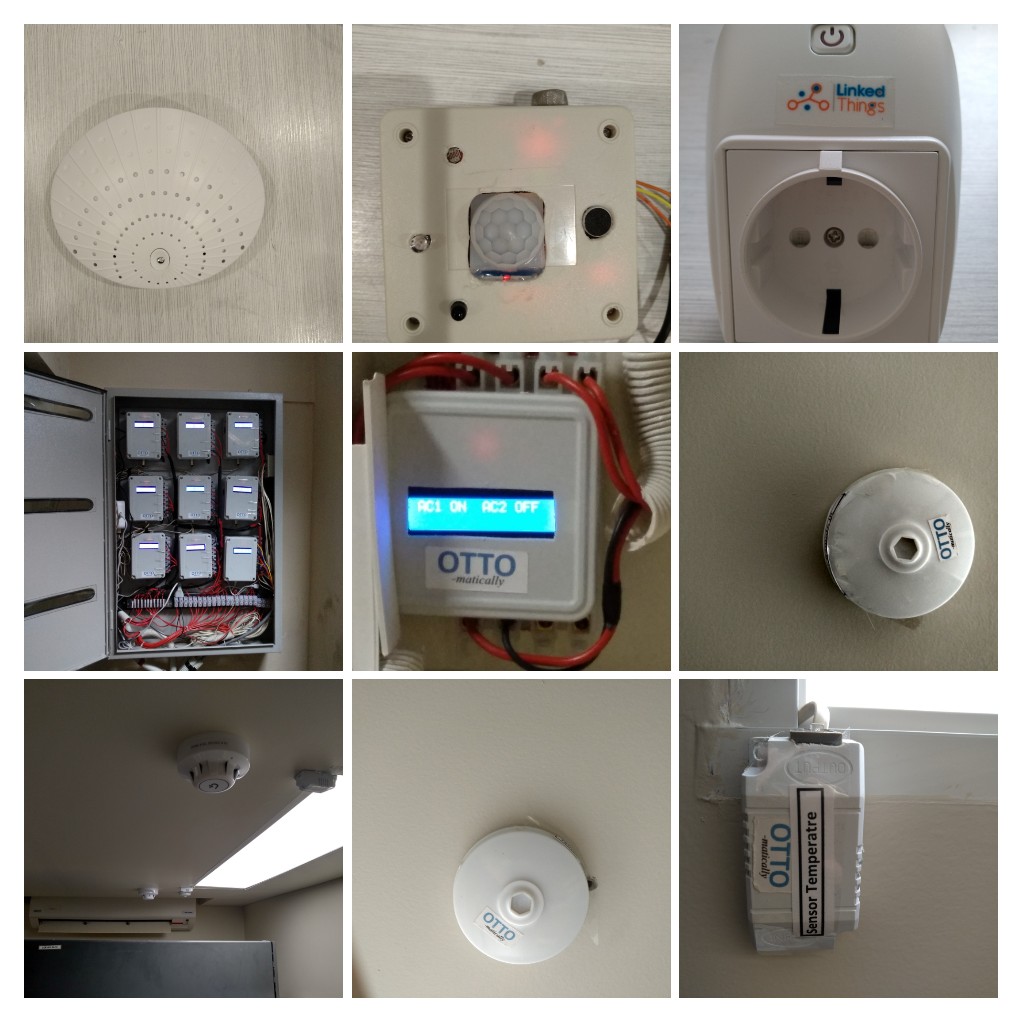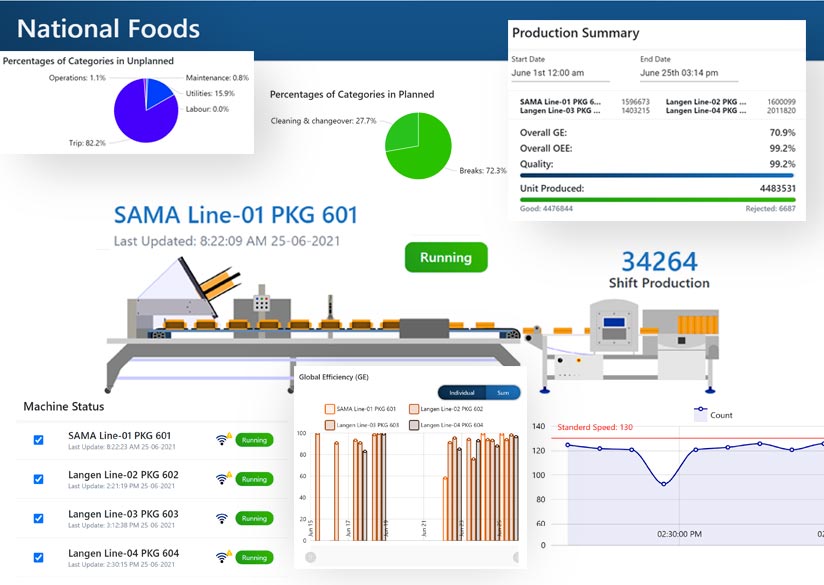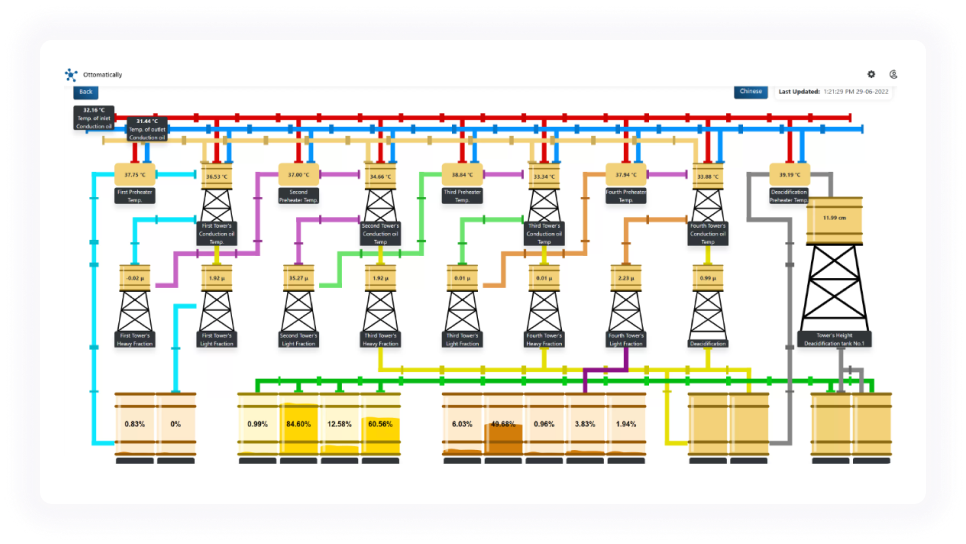Smart Buildings
Smart Buildings
A smart building uses advanced technology, like the Internet of Things (IoT), to automatically manage and control various building systems, such as lighting, HVAC (heating, ventilation, and air conditioning), energy, security, and communication. Here’s how smart buildings work:
1. Sensors and IoT Devices
Smart buildings are equipped with a wide array of IoT sensors that continuously collect data. These sensors monitor key parameters like temperature, humidity, energy usage, occupancy, and lighting. For example:
- Temperature sensors detect changes in indoor climate and send data to the HVAC system.
- Occupancy sensors detect the presence of people in a room to adjust lighting and temperature accordingly.
- Energy meters track energy usage to optimize consumption.


2. Communication Networks
These sensors and IoT devices are connected through wireless or wired networks, forming a communication layer that enables data flow between devices and central control systems. This data is transmitted via Wi-Fi, Zigbee, LoRaWAN, or other communication protocols depending on the size and scale of the building.
3. Data Processing and Control Systems
The data collected from the sensors is sent to a centralized control platform, usually managed in a Building Management System (BMS) or a cloud-based IoT platform. Advanced algorithms analyze this data in real-time and provide insights to optimize operations. For instance:
- If a room is unoccupied, the system can automatically turn off lights and lower HVAC output to conserve energy.
- In the case of irregularities (e.g., equipment malfunction), alerts are generated, allowing for predictive maintenance.


4. Automation and Smart Control
The processed data is used to automate building operations:
- HVAC Systems: Automatically adjust temperature and ventilation based on occupancy, outdoor weather, and predefined conditions.
- Lighting: Automated lighting systems turn on or off, dim, or brighten based on natural light levels or occupancy.
- Security: Smart locks, cameras, and biometric systems monitor and control building access, while sensors detect fire or water leaks and trigger automatic alarms.
5. Predictive Maintenance and Analytics
Sensors track the performance of building equipment (e.g., elevators, HVAC units), and through data analysis, the system can predict potential equipment failures. This enables predictive maintenance, reducing downtime and extending equipment lifespan.


6. User Interaction and Personalization
Occupants can interact with the building systems through mobile apps or centralized control panels. They can adjust lighting, room temperature, or access controls based on personal preferences. Smart buildings also allow for personalized workspaces where settings adjust automatically based on user profiles.
7. Energy Optimization and Sustainability
By continuously monitoring and optimizing energy usage, smart buildings reduce waste. IoT-enabled systems can automatically switch to renewable energy sources when available, monitor carbon footprint, and optimize the use of water and electricity to make the building more sustainable.


8. Real-time Monitoring and Alerts
<p style=”font-size: 18px;”>Smart buildings provide real-time dashboards for building managers, offering a view of all operations, including energy usage, security status, and system health. Automated alerts are triggered for abnormal conditions, such as a fire alarm or a malfunctioning piece of equipment, allowing for immediate action.